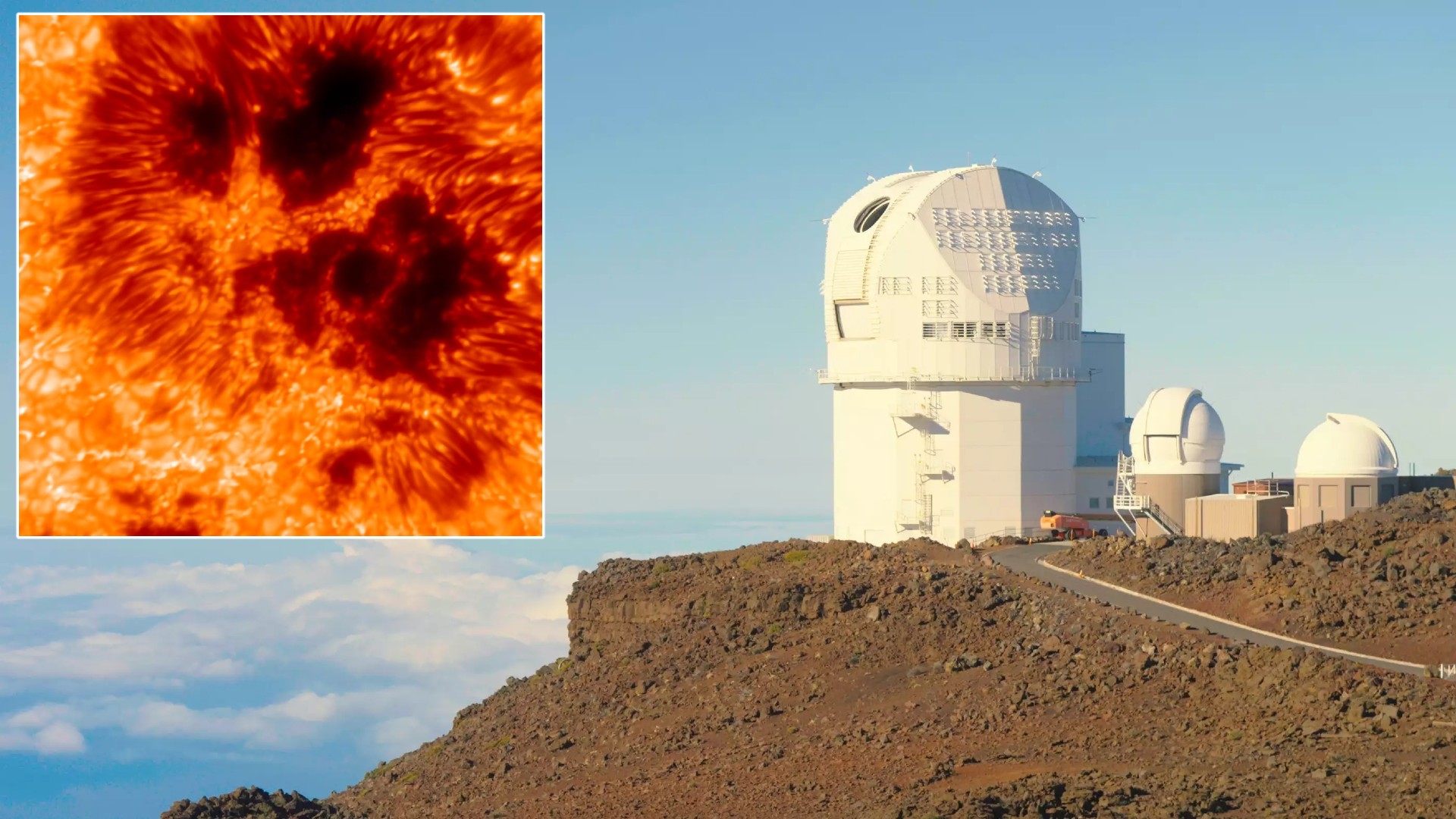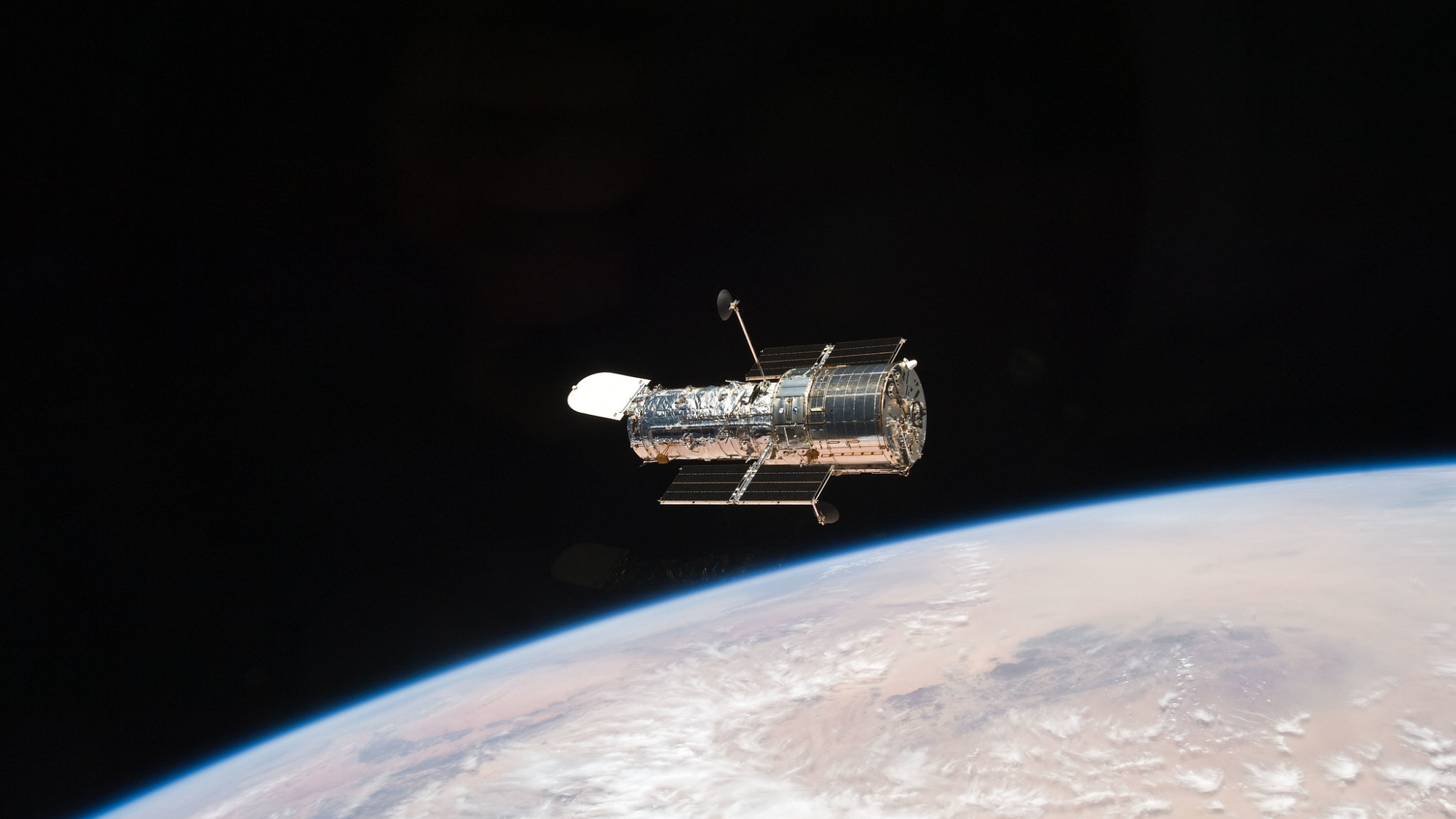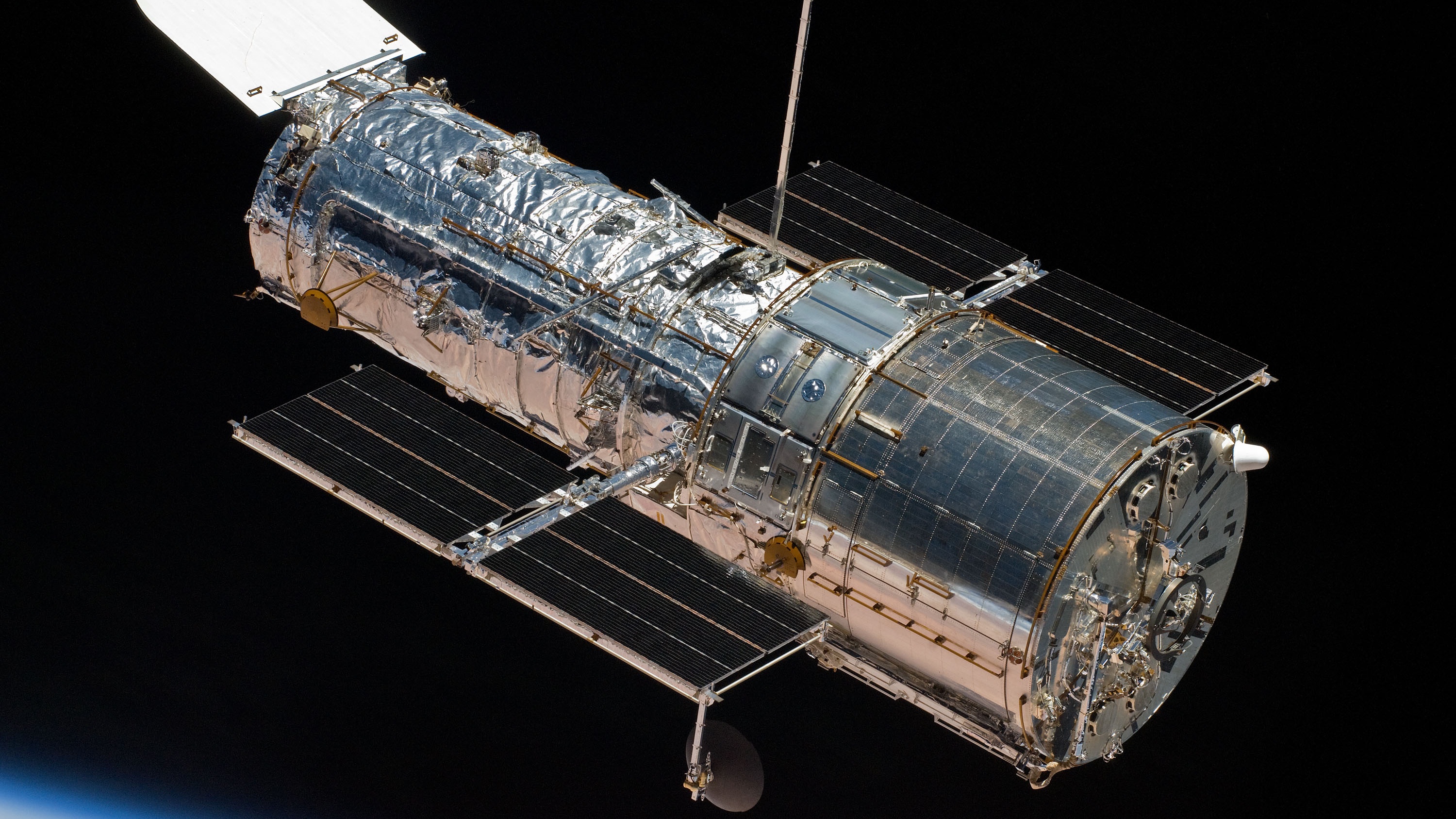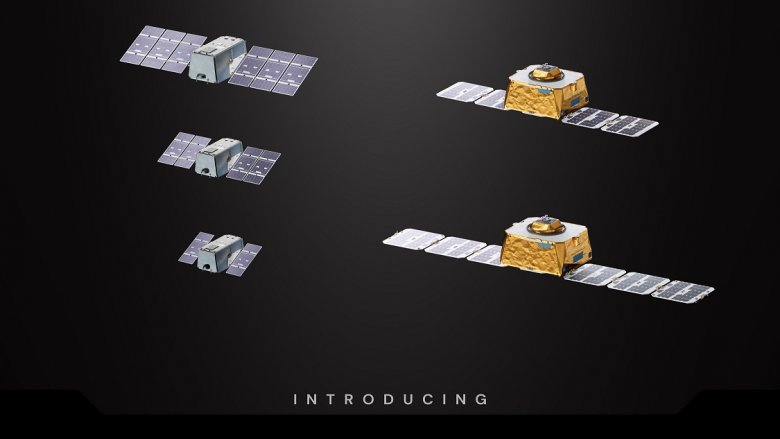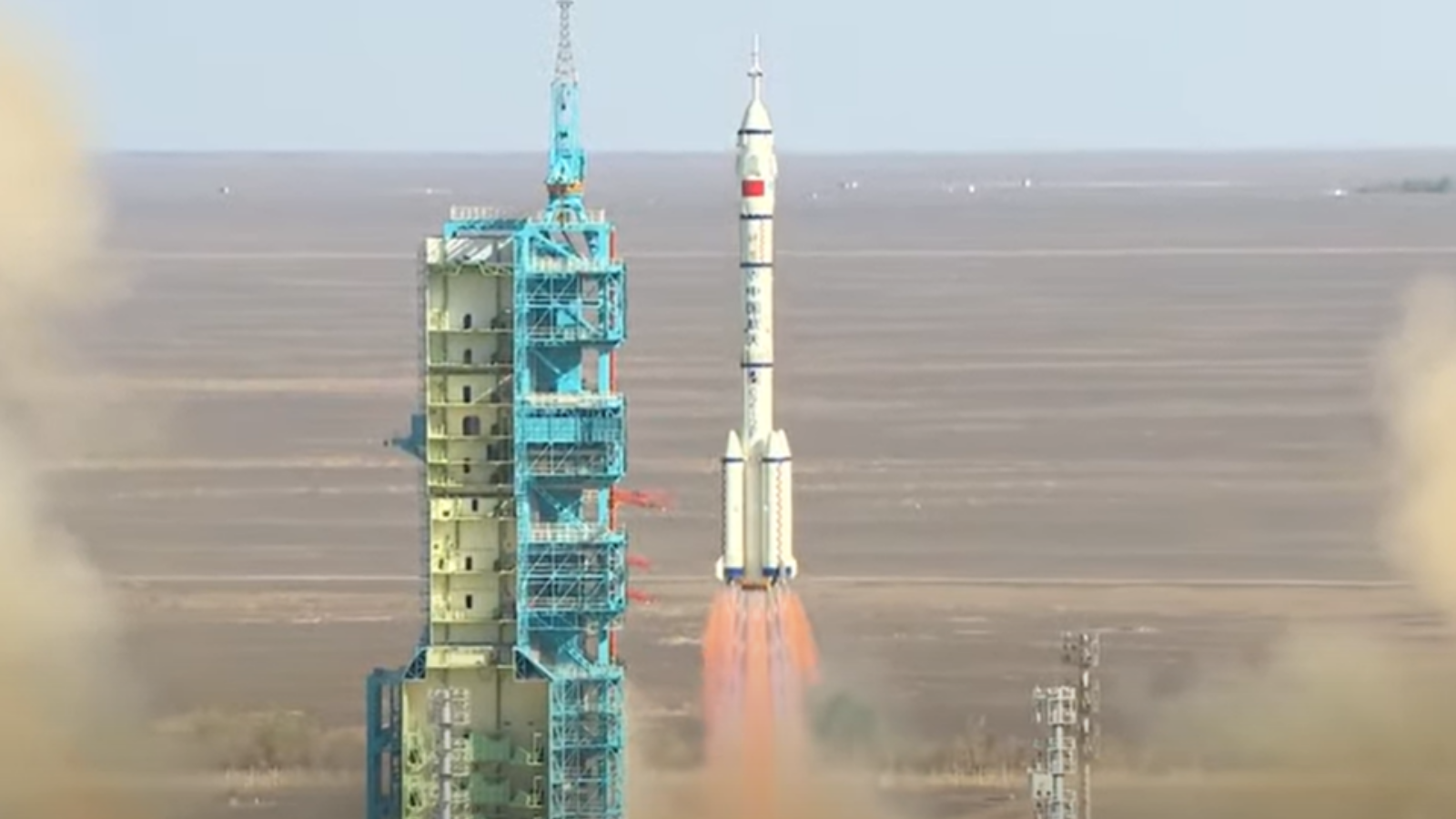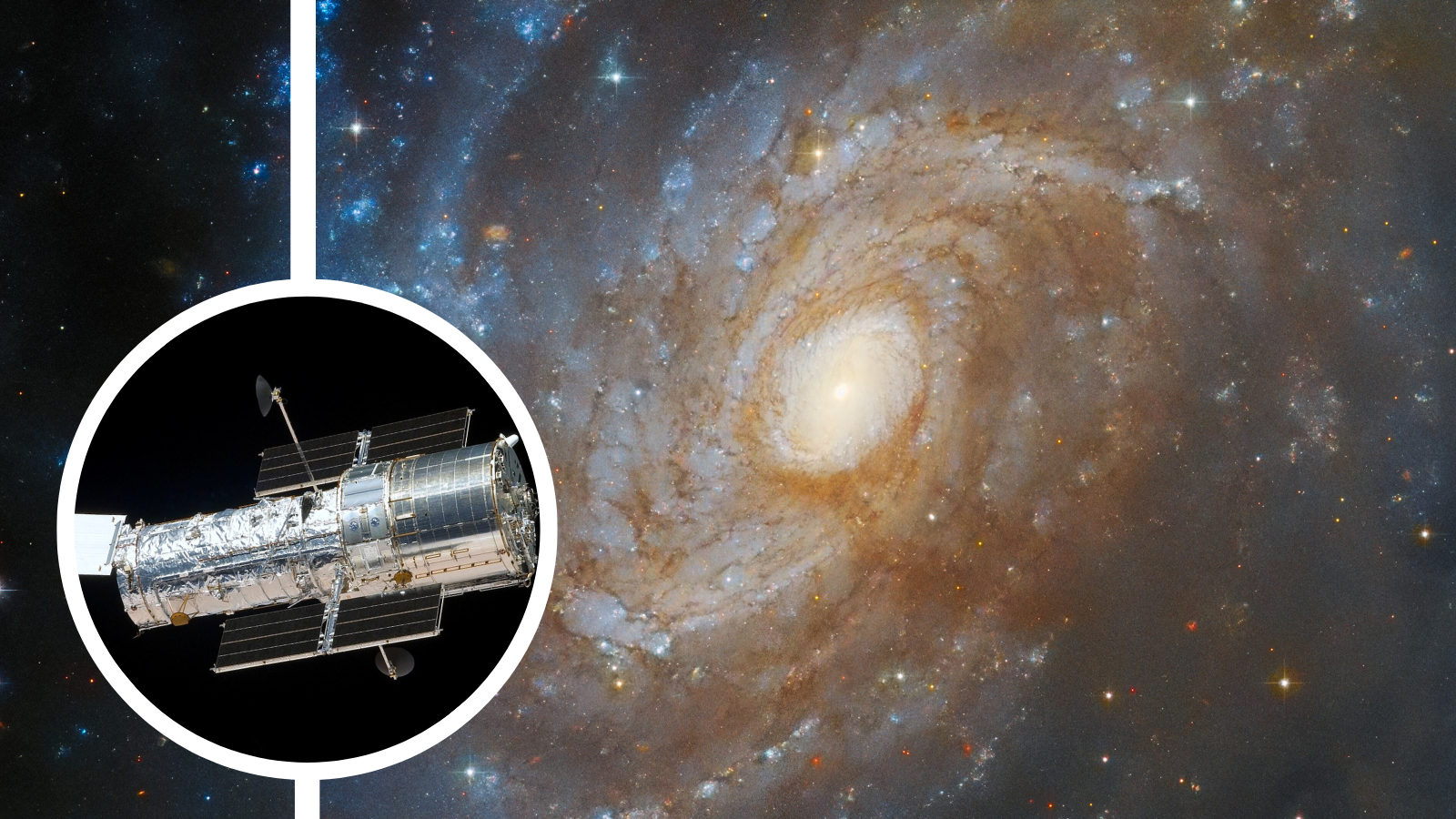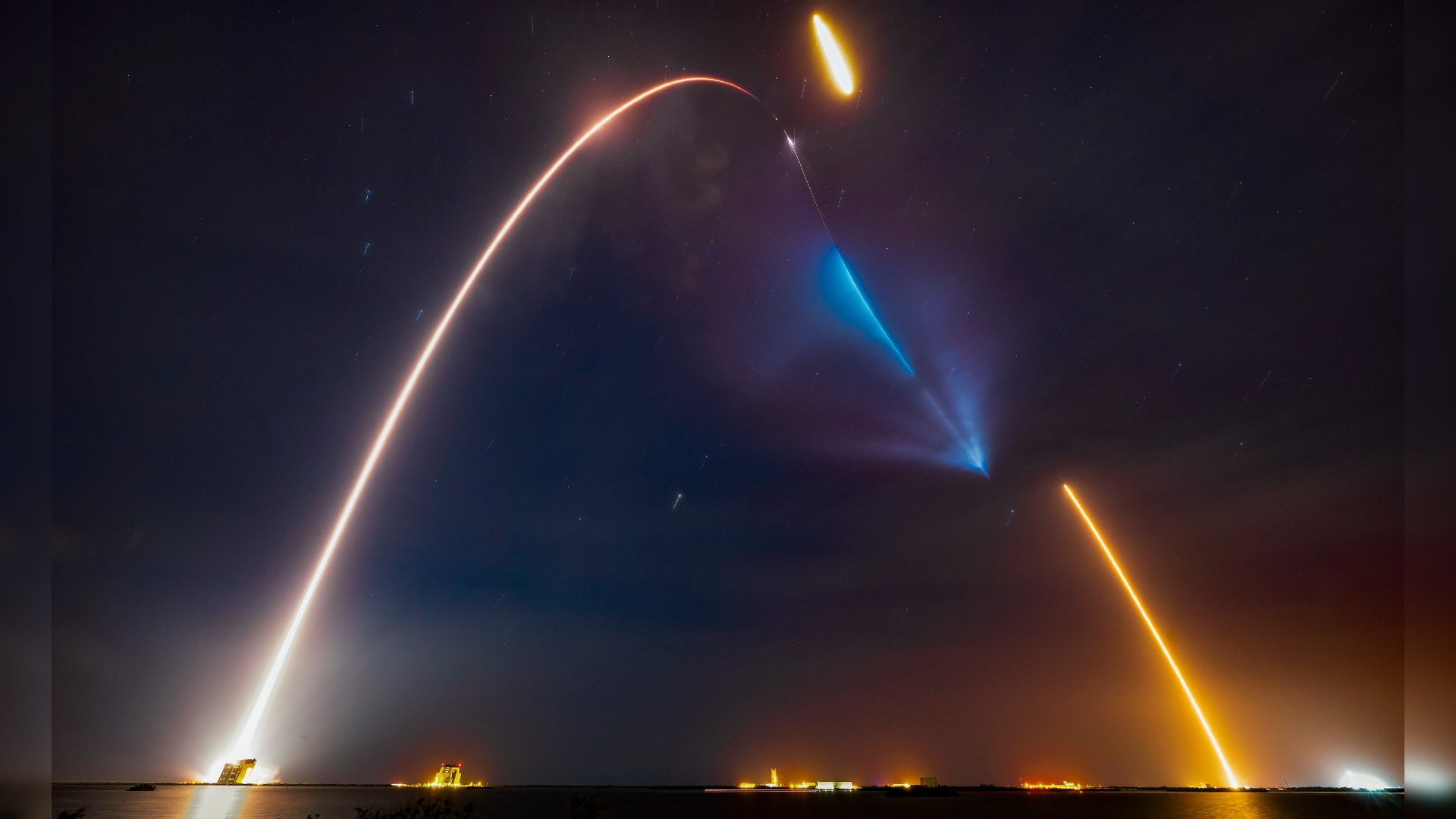SpinLaunch wants to send 250 broadband 'microsatellites' to orbit with a single launch
SpinLaunch says its network will offer "significantly higher broadband capacity in a satellite constellation compared with what is available on the market today."
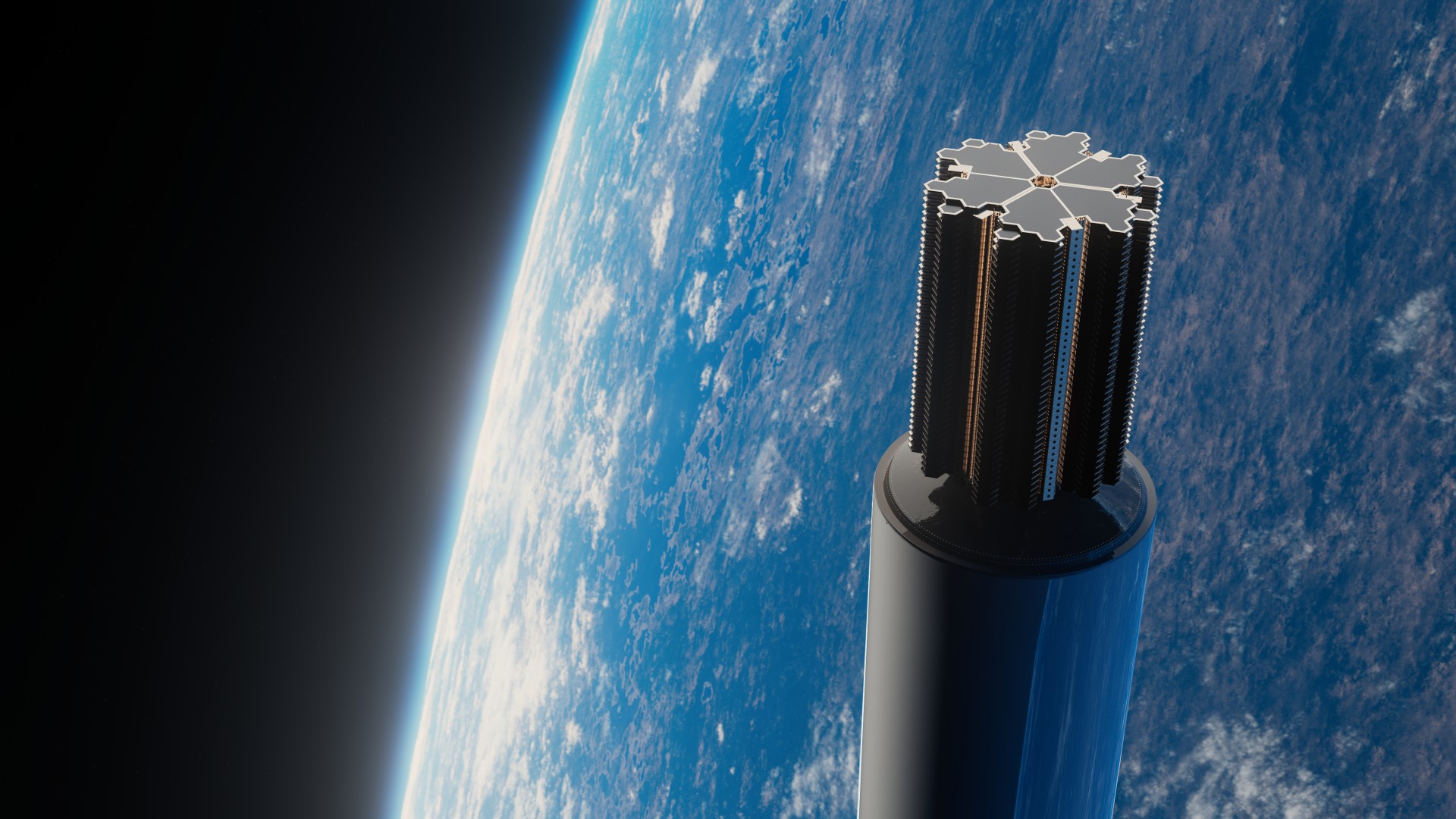
SpinLaunch has unveiled its plans for a new broadband satellite constellation known as Meridian Space.
The Meridian Space constellation will consist of small "microsatellites" that can be sent to low-Earth orbit with as many as 250 spacecraft on a single launch vehicle, according to SpinLaunch. The company received $12M in funding from Kongsberg Defense & Aerospace to help develop and commercialize the satellites, with a planned launch date of 2026 for its first on-orbit demonstrator.
It's unclear if SpinLaunch will be launching the demonstrator itself with its revolutionary rocket-flinging centrifuge or if it will hitch a ride on another rocket.
The Meridian Space constellation will provide "significantly higher broadband capacity in a satellite constellation compared with what is available on the market today," said Eirik Lie, president of Kongsberg Defense & Aerospace, in a statement.
David Wrenn, CEO of SpinLaunch, added that NanoAvionics' small, modular satellite platforms offer "a reliable foundation to scale our constellation quickly and confidently."
Along with the statement announcing the partnership, SpinLaunch shared an image of a stack of Meridian Space satellites atop a launch vehicle. The flat satellites appear to stack on top of on another, hinting at how the company plans to fit 250 of the spacecraft on a single rocket.
If SpinLaunch can successfully loft 250 satellites at once, it would set a new record for spacecraft launched by a single flight. That record currently stands at 143, set by SpaceX's Transporter-1 mission in 2021.
Get the Space.com Newsletter
Breaking space news, the latest updates on rocket launches, skywatching events and more!

SpinLaunch aims to disrupt the launch services market with its wild new concept for reaching orbit. The company is developing a 108-foot-long (33-meter) spinning arm that accelerates launch vehicles to high speeds inside a centrifuge before flinging them into the sky.
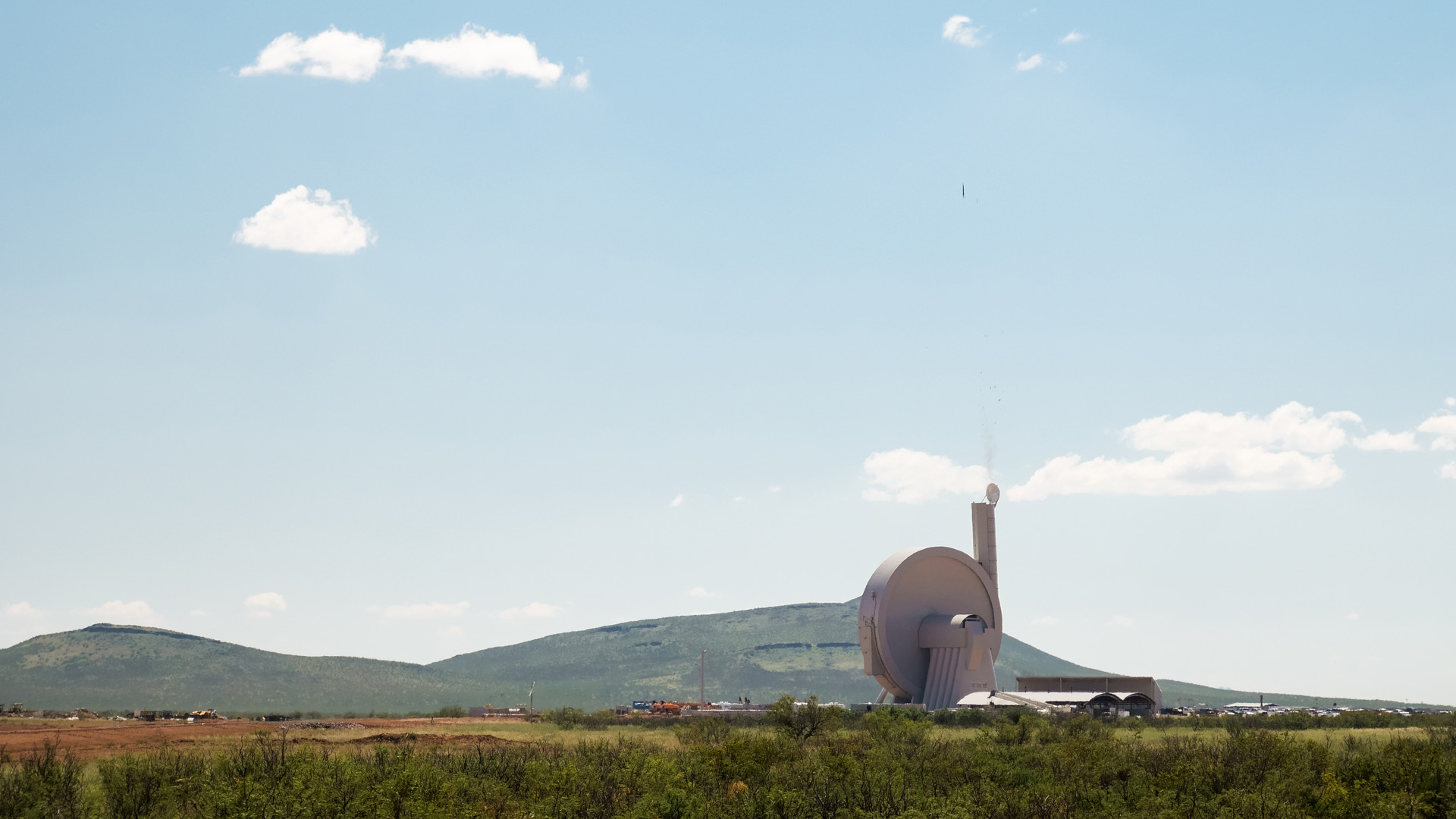
Once at altitude, the flung rockets then ignite their engines. The concept greatly reduces the amount of fuel and hardware needed to reach orbit.
NASA signed an agreement with the company in 2022 for a technology demonstration that saw third-party experiments from the agency, Airbus and Cornell University lofted to suborbital space with the centrifuge.
Join our Space Forums to keep talking space on the latest missions, night sky and more! And if you have a news tip, correction or comment, let us know at: community@space.com.

Brett is curious about emerging aerospace technologies, alternative launch concepts, military space developments and uncrewed aircraft systems. Brett's work has appeared on Scientific American, The War Zone, Popular Science, the History Channel, Science Discovery and more. Brett has English degrees from Clemson University and the University of North Carolina at Charlotte. In his free time, Brett enjoys skywatching throughout the dark skies of the Appalachian mountains.
You must confirm your public display name before commenting
Please logout and then login again, you will then be prompted to enter your display name.

